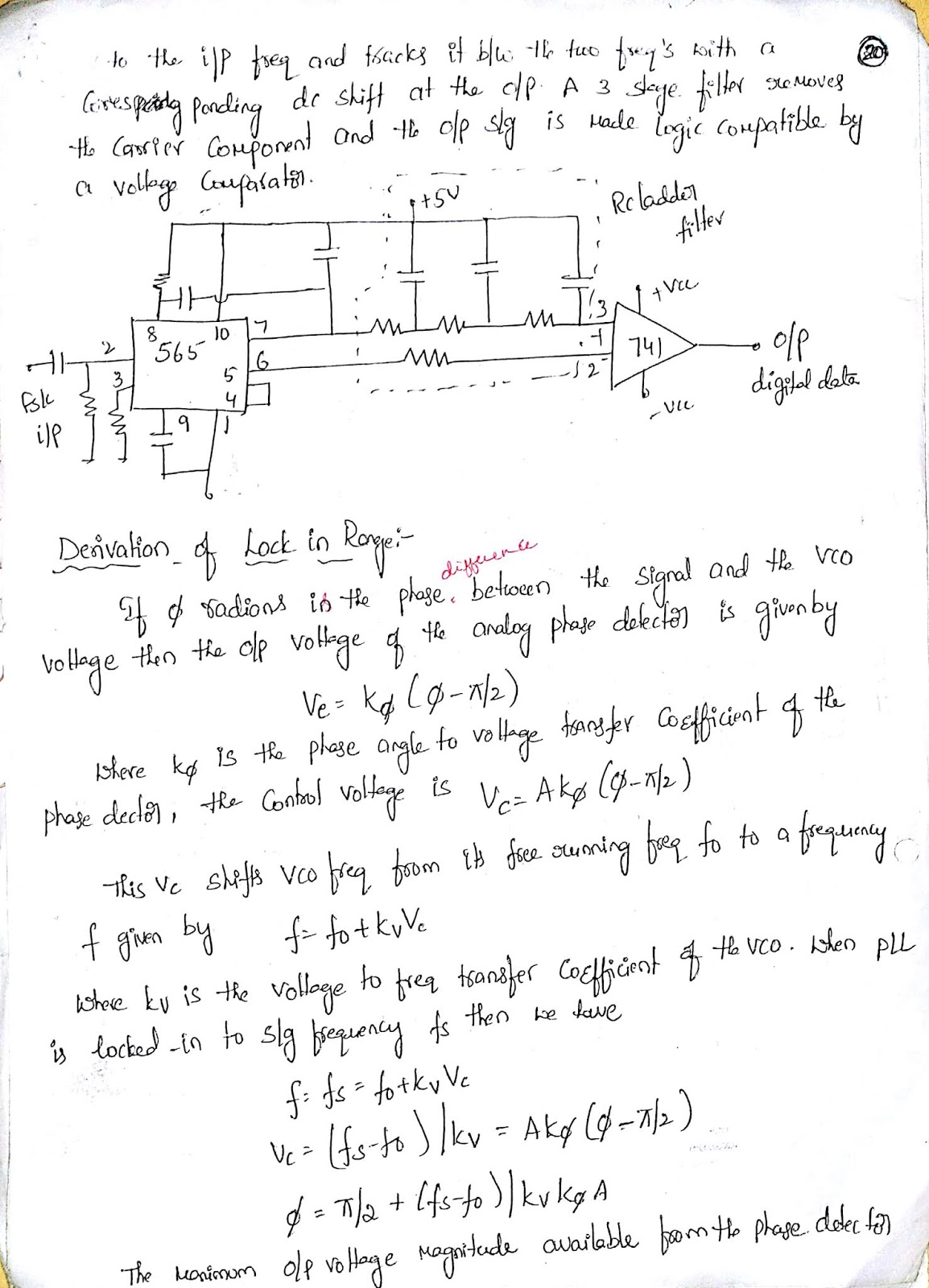YouTube Link : https://www.youtube.com/watch?v=GsIJwb5C3EU
Experiment No: 8
Experiment No: 8
Assembling and Testing of simple electronic circuits
on breadboards; identifying the components and its location on the PCB,
Soldering of the components, testing the assembled circuit for correct
functionality.
Aim:
a)
Design the LED Blinking
circuit on breadboard.
b)
Design the LED
Blinking circuit on PCB using Soldering Iron
Components and Equipments Required:
S.NO
|
Components / Equipments
|
Range
|
Quantity
|
1
|
Regulated Power Supply or 9V Battery
|
9V
|
1
|
2
|
LEDs
|
--
|
2
|
3
|
Resistors
|
47KΩ, 470Ω
|
Each 2
|
4
|
Transistors BC 107
|
--
|
2
|
5
|
Bread Board
|
--
|
1
|
6
|
Soldering Iron
|
--
|
1
|
7
|
General PCB Board
|
--
|
1
|
8
|
Led wire
|
--
|
--
|
Theory:
Procedure:
Part
1:
- Connections
are made as per the circuit diagram1.
- The RPS +ve
is connected to the one end of the resistors and RPS –ve is connected to
the Transistors' emitter ends.
- Switch on
the power supply and increases the input voltage (supply voltage).
- Observe the
LEDs Blinking.
- Repeat the same procedure in PCB
Practical Calculations:
|
S.NO
|
R1
|
R2
|
C1
|
C2
|
T1
|
T2
|
f1
|
f2
|
|
|
|
|
|
|
|
|
|
|
|
|
|
|
|
|
|
|
|
|
|
|
|
|
|
|
|
|
|
|
T1=R1C1
ln 2
T2=R2C2
ln 2
If R1 = R2,
C1= C2
find
T=
F=
Precautions:
1. Connections are made as per the circuit diagram and should be
tight.
2. Do not connect power to a circuit until the circuit is
finished and never work on a circuit while power is applied.
3. If anything is burning, immediately disconnect the power and
examine your circuit to find out the problem.
Outcomes:
Results:




























